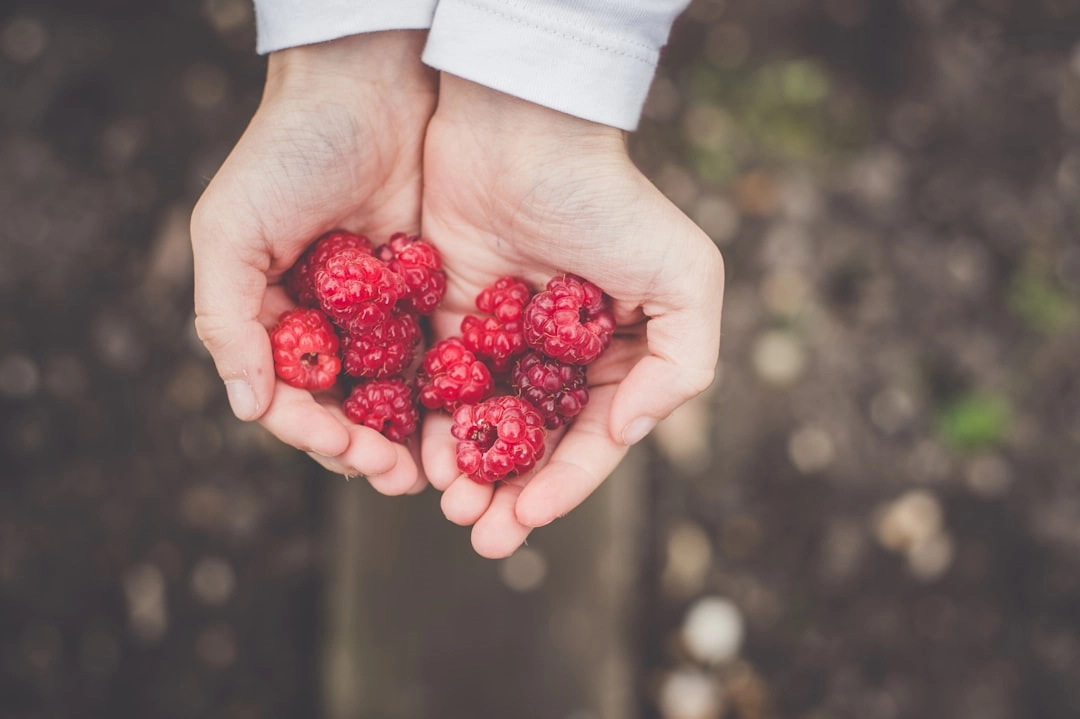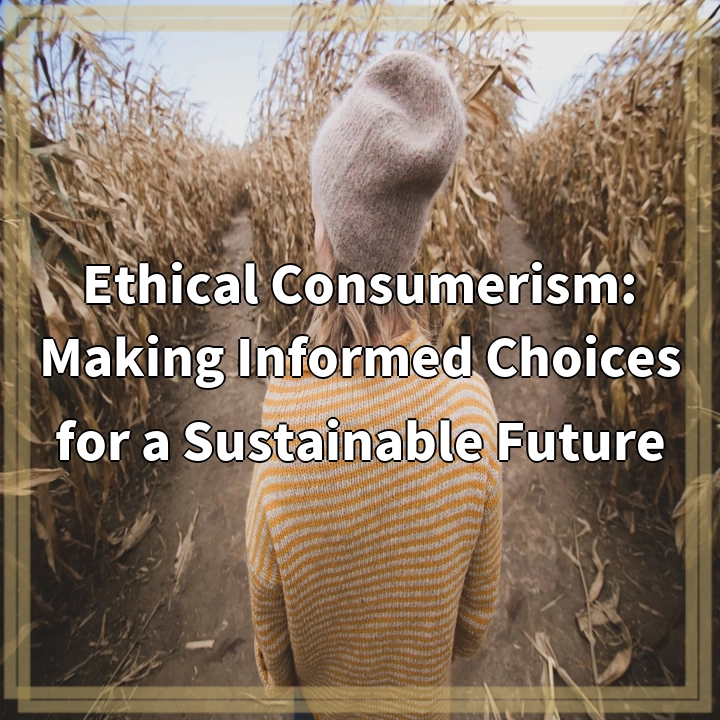
What it is:
Biodegradable plastics are designed to break down more quickly than traditional plastics through natural processes, such as the action of microorganisms. These materials can decompose into non-toxic components, reducing the environmental impact associated with plastic waste. Made from renewable resources like cornstarch, sugarcane, or even food waste, biodegradable plastics offer a promising alternative to conventional petroleum-based plastics. Popular examples include polylactic acid (PLA) and polyhydroxyalkanoates (PHA), which are increasingly used in packaging, disposable utensils, and other single-use products.
Real-world problems:
1. Misleading Labeling and Consumer Confusion
One significant challenge with biodegradable plastics is the lack of standardization in labeling. Many products are marketed as “biodegradable” without clear guidelines on the conditions necessary for their breakdown. Consumers may mistakenly believe that these products will decompose effectively in regular landfills, where the conditions are often not conducive to biodegradation. This confusion can lead to improper disposal and continued environmental pollution.
2. Industrial Composting Requirements
Many biodegradable plastics require specific industrial composting conditions to break down effectively. These facilities provide the necessary temperature, moisture, and microbial activity. However, the availability of industrial composting facilities is limited in many areas, leading to challenges in the effective disposal of biodegradable materials. As a result, these items may still end up in landfills, where they do not decompose as intended.
3. Environmental Impact of Raw Materials
While biodegradable plastics are often made from renewable resources, the production of these materials can still have environmental consequences. For instance, large-scale cultivation of crops like corn and sugarcane can lead to deforestation, loss of biodiversity, and the use of harmful pesticides and fertilizers. Additionally, the energy consumption involved in processing these materials can contribute to greenhouse gas emissions.
4. Performance Issues
Biodegradable plastics may not perform as well as traditional plastics in certain applications. They can be less durable and may have different mechanical properties, which can limit their use in various industries. This can lead to a reliance on traditional plastics in situations where biodegradable options are not viable, thereby undermining their intended purpose of reducing plastic waste.
5. End-of-Life Disposal Challenges
As with many innovative materials, the end-of-life disposal of biodegradable plastics presents challenges. In some regions, existing waste management systems are not equipped to handle these materials appropriately. If they are mixed with traditional plastics, they can contaminate recycling streams, complicating the recycling process and further contributing to plastic pollution.

Solutions to Challenges of Biodegradable Plastics
1. Standardized Labeling and Consumer Education
To combat consumer confusion, it’s essential to establish standardized labeling for biodegradable plastics. Clear guidelines should inform consumers about proper disposal methods and the conditions necessary for effective biodegradation. Additionally, educational campaigns can raise awareness about the differences between biodegradable plastics and traditional plastics, guiding responsible usage and disposal.
2. Expanding Industrial Composting Infrastructure
To facilitate the effective breakdown of biodegradable plastics, investments in industrial composting facilities are necessary. Expanding this infrastructure ensures that these materials can be processed properly, reducing the risk of contamination in landfills. Local governments and organizations can collaborate to promote the establishment of composting facilities to support biodegradable waste management.
3. Sustainable Sourcing of Raw Materials
To minimize the environmental impact associated with the production of biodegradable plastics, it is crucial to source raw materials sustainably. This may involve using agricultural byproducts, waste materials, or crops grown with environmentally friendly practices. Supporting regenerative agriculture and utilizing waste products can help create a more sustainable supply chain for biodegradable plastics.
4. Research and Development for Improved Performance
Investing in research and development can lead to innovations that enhance the performance of biodegradable plastics. By improving their mechanical properties and durability, these materials can become viable alternatives in more applications. Collaboration between universities, industries, and policymakers can accelerate the development of high-performance biodegradable plastics.
5. Improved Waste Management Systems
Implementing improved waste management systems can help address the end-of-life disposal challenges associated with biodegradable plastics. This includes creating designated collection points for biodegradable items and educating the public on proper disposal methods. Integration with existing recycling systems ensures that biodegradable plastics are managed in a way that maximizes their environmental benefits.















